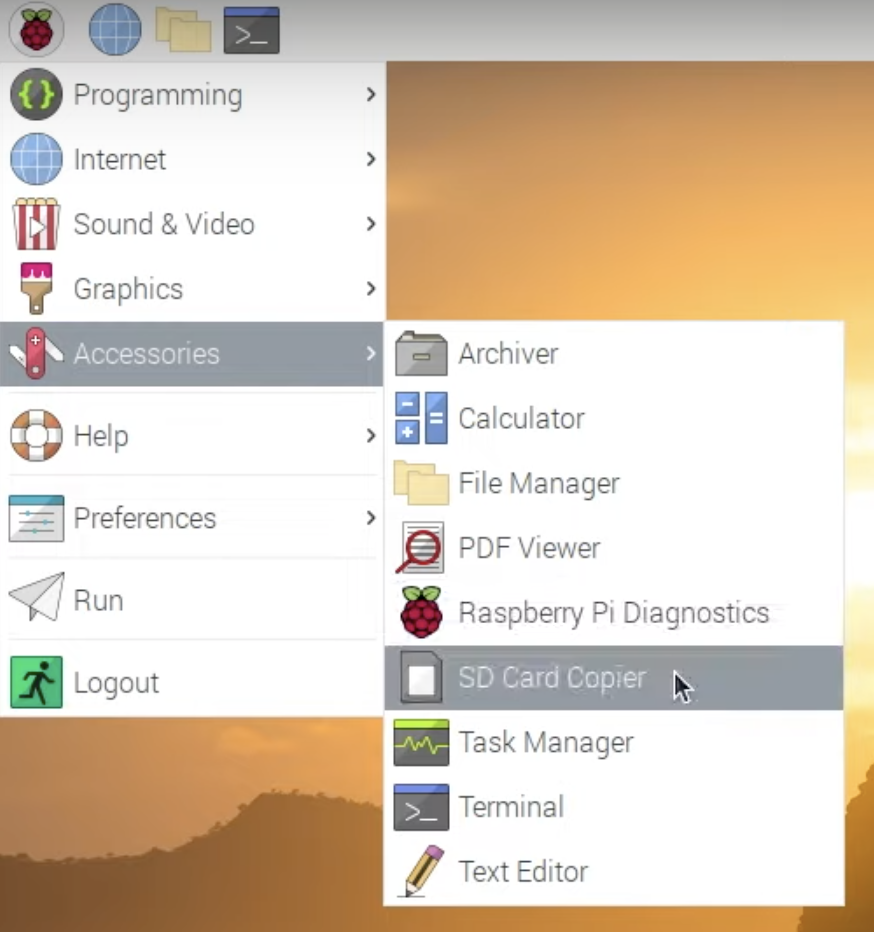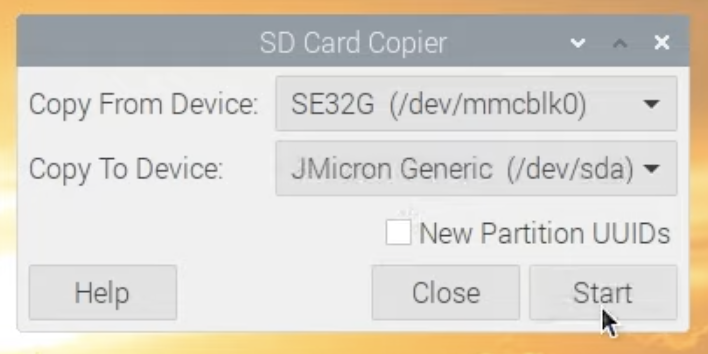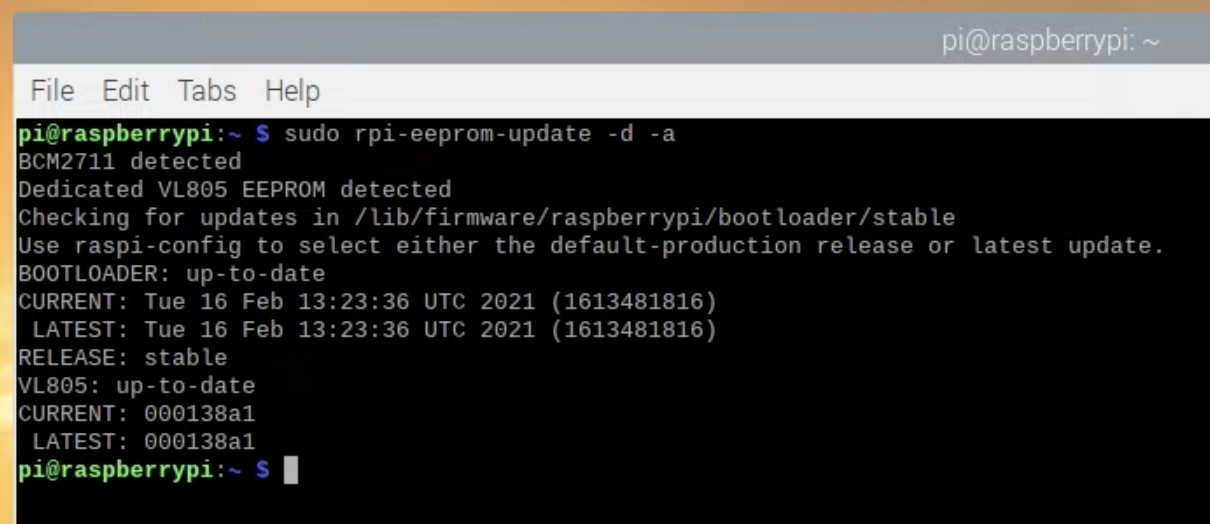Boot from USB SSD
How to Boot a Raspberry Pi 4 From an SSD¶
Parts¶
- GeeekPi for Raspberry Pi 4,X862 V2.0 M.2 NGFF SATA SSD Storage Expansion Board with USB 3.1 Connection Support Key-B 2280 SSD Only
- Timetec 1TB SSD 3D NAND SATA III 6Gb/s M.2 2280 NGFF 512TBW Read Speed Up to 550MB/s SLC Cache Performance Boost Internal Solid State Drive for PC Computer Laptop and Desktop (1TB)
Hardware Assembly¶
Installation¶
- Download latest Raspberry Pi OS with desktop image from the pi foundation’s website.
- Uncompress the image on Linux/Mac you can use gzip or xz:
1gzip -d 2023-12-05-raspios-bookworm-arm64.img.xz - Use
ddor a tool like Belena Etcher to flash your image to a microSD card. - Boot your Pi 4 off of the microSD card and follow the normal Pi 4 setup steps to expand the file-system, set the language, etc.
- If your USB SSD drive does not show up on your booted Pi Desktop after a few seconds, you likely need to format it.
- You can use tools like
fdisk -l,lsblk,cfdiskandparted/gpartedto verify the Pi sees your SSD drive, and to format it to FAT32 if it shows up as a block device, but doesn’t mount.
- You can use tools like
- From a Pi Desktop terminal, make sure your Pi OS and software are fully up to date
1 2 3 4
sudo apt-get udpate sudo apt-get full-upgrade # Once done sudo reboot now - Now update your Pi 4’s firmware
1 2 3
sudo rpi-update # Once done sudo reboot now - After reboot, you should now be able to copy your microSD card to your USB SSD as depicted below:


- After the SD Card Copier process completes, verify that you have the latest boot-loader so that we can update which drive to use via
raspi-confignext.1sudo rpi-eeprom-update -d -a - Now set the bootloader as depicted in the video to boot from your USB SSD using:
1sudo raspi-config
* Peforma write test to see your new SSD speed!
1 | |

